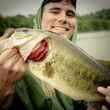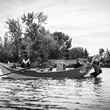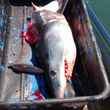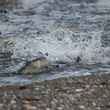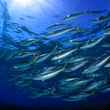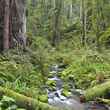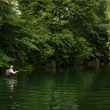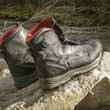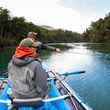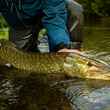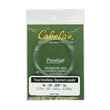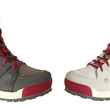Last week, when Simms announced that it would begin selling direct to customers as well as placing stricter regulations on how existing retailers can sell Simms products online, it came as a surprise to much of the fly-fishing community. In an era where the fly fishing industry as a whole is said to be shrinking and local fly shops are disappearing from towns all across America on what often feels like a weekly basis, both shop owners and the customers that support them are understandably sensitive to issues such as this one.
As a result, Simms' decision has caused quite a stir. Many have taken flight to online forums to lambaste Simms for turning its back on the very shop owners whose dedication and loyalty were integral to building the Simms brand that exists today. Others have defended the move as inevitable and one destined to build a stronger Simms for the future.
In an interview with Kirk Deeter of Angling Trade, Simms CEO K.C. Walsh explained that Simms would begin selling direct to customers in August and that the company would also no longer allow its vendors to sell Simms products on eBay and Amazon. Simms believes that these decisions will ultimately support the specialty shop by growing the brand and leveling an unfair playing field created by online dealers that offer unauthorized discounts on Simms products.
In the interview, Walsh emphasized that “specialty matters most” to Simms and indicated that Simms plans to continue to focus on the companies and individuals with which they have spent years building relationships by prioritizing inventory for their authorized retailers (over Simms direct sales) and by providing support to maintain the quality and consistency in the Simms products most of us own or covet. After all, you know you're just dying to drop $700 on the G4's.








